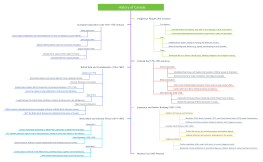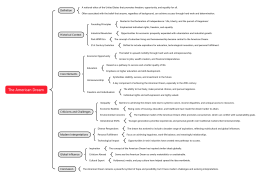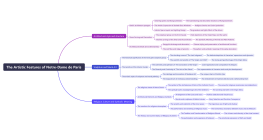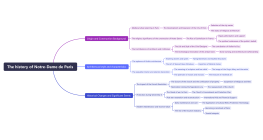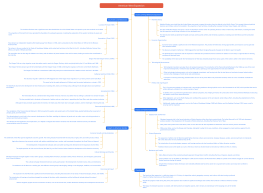Mind map of "Notre Dame Cathedral" in Volume 2 of Grade 1 Chinese
2024-09-26 10:58:21 0 Report
Login to view full content
Other creations by the author
Outline/Content
Character Introduction
Quasimodo
Quasimodo was the quintessential representative of the downtrodden masses of society at the time.
Esmeralda
It is the perfect artistic image that embodies truth, goodness, and beauty in Hugo's writings.
Always maintaining a kind and innocent heart, willing to help others.
Claude Frollo
Claude revealed the essence of human nature.
On the surface, upholding justice and protecting the weak, but in reality, sanctimonious and self-serving, revealing the darkness and evil of the aristocratic class.
Phoebus
Phoebus is the embodiment of a typical heartless, cruel, and ugly person.
On the one hand, Phoebus does not love his cousin, yet he agrees to marry her because of her substantial dowry and noble status, revealing a person who prioritizes money and status above all else.
On the other hand, he feigned love for Esmeralda, pursuing her only on a whim for her beautiful appearance.
Author's Profile
Victor Hugo
The French romantic writer, a representative figure of humanitarianism, and a bourgeois democratic writer in the history of French literature, who experienced nearly all the significant events of 19th-century France, is known as the "Shakespeare of France."
He wrote numerous poems, novels, plays, various essays, literary critiques, and political articles, making him a significant figure in France. Hugo's creative journey spanned over 60 years, and his works include 26 volumes of poetry, 20 volumes of novels, 12 volumes of plays, and 21 volumes of philosophical treatises, totaling 79 volumes.
Creative Background
In France, the Bourbon Dynasty, which had been overthrown by the bourgeois revolutionary regime, was restored in 1815 with the support of foreign feudal forces. It wasn't until the "July Revolution" of 1830 that the feudal rule of the Bourbon Restoration was brought to an end.
Under the reign of the restored monarchy, the French court and the church colluded to oppress the people. At that time, Paris was under the evil and dark influence of religious forces, and the feudal hierarchy was extremely harsh. Humanity was distorted and degraded under the suppression of feudalism. All social strata, especially the common people, were in a situation that evoked deep sympathy. The oppressed masses rose up in rebellion, engaging in a valiant struggle against these two forces, and ultimately achieved victory. Hugo felt the darkness and cruelty of feudal rule and created "The Hunchback of Notre-Dame," using 15th-century Parisian society to reflect real life.
Main content
The ugly and deaf Quasimodo was adopted by the priest Claude Frollo of Notre-Dame Cathedral, serving as the bell-ringer. The respectable-looking Father Frollo, after meeting the beautiful Gypsy girl Esmeralda, was seduced by her beauty and became utterly infatuated. He ordered Quasimodo to abduct Esmeralda by force, but she was rescued by Captain Phoebus of the cavalry along the way, and thus Esmeralda fell in love with Phoebus.
However, Phoebus, being naturally of a romantic disposition, was stabbed by the resentful Claude, but he did not die.
And he framed Esmeralda, leading her to be sentenced to death. During the execution, Quasimodo rescued Esmeralda and hid her in Notre-Dame. The beggars stormed the cathedral to save Esmeralda, mistakenly engaging in a fierce battle with Quasimodo. Esmeralda was hanged in the square by an army led by Claude Frollo. In a fit of rage, Quasimodo threw Frollo from the top of the cathedral to the ground. In the end, Quasimodo died of sorrow, embracing Esmeralda's body.
Central idea
Through the story of an innocent young girl who suffered and died due to the persecution of the feudal dynasty and the church during the reign of Louis XI of France, the author expressed his democratic spirit and humanitarian ideas against feudalism and the church.
Work Theme
The tragedy of the innocent and kind being crushed and persecuted under a dictatorship.
The author depicted the darkness of feudal authoritarian society through such descriptions, highlighting the anti-feudal theme of the work.
Artistic Features
"The Hunchback of Notre-Dame" is the first major romantic novel by French writer Victor Hugo. Its rich imagination, bizarre plot, and unique structure have become important characteristics of this novel.
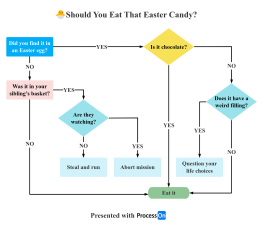
Collect

Collect

Collect

Collect

0 Comments
Next page
Recommended for you
More




